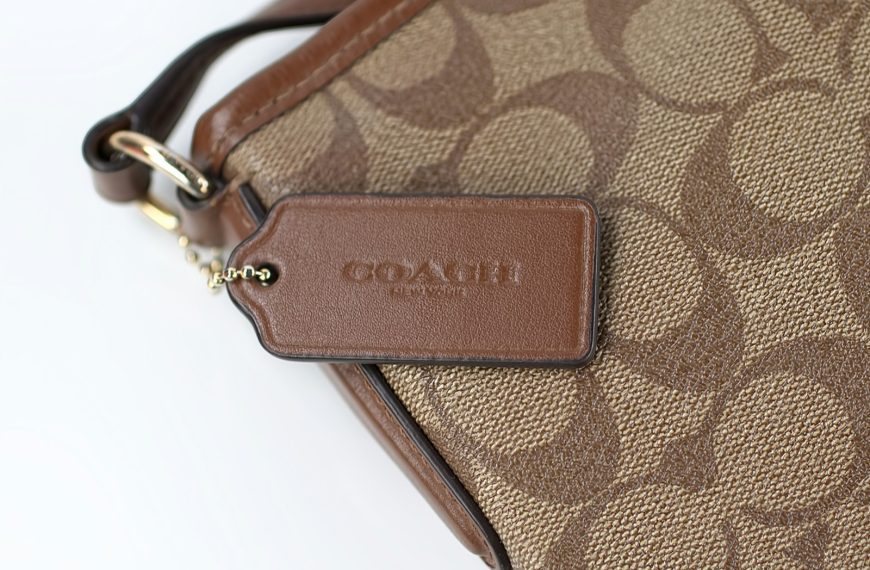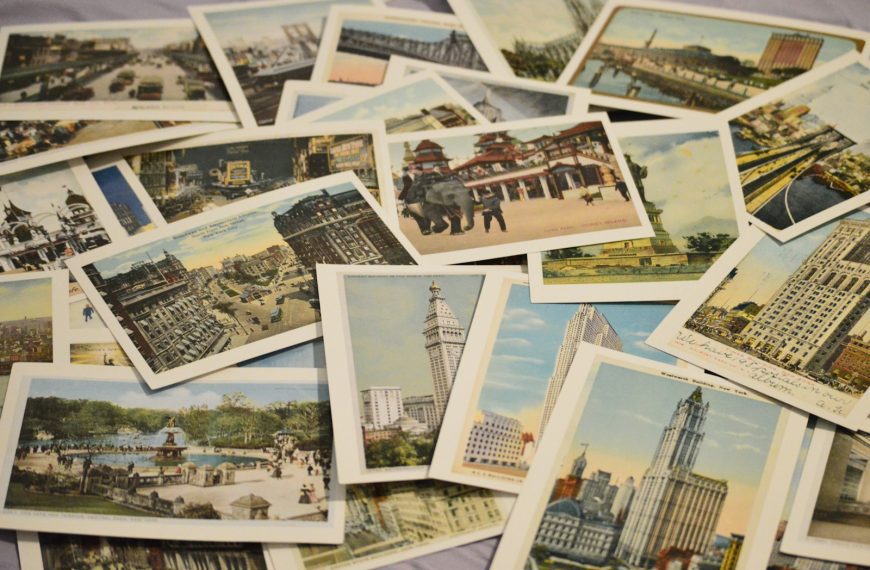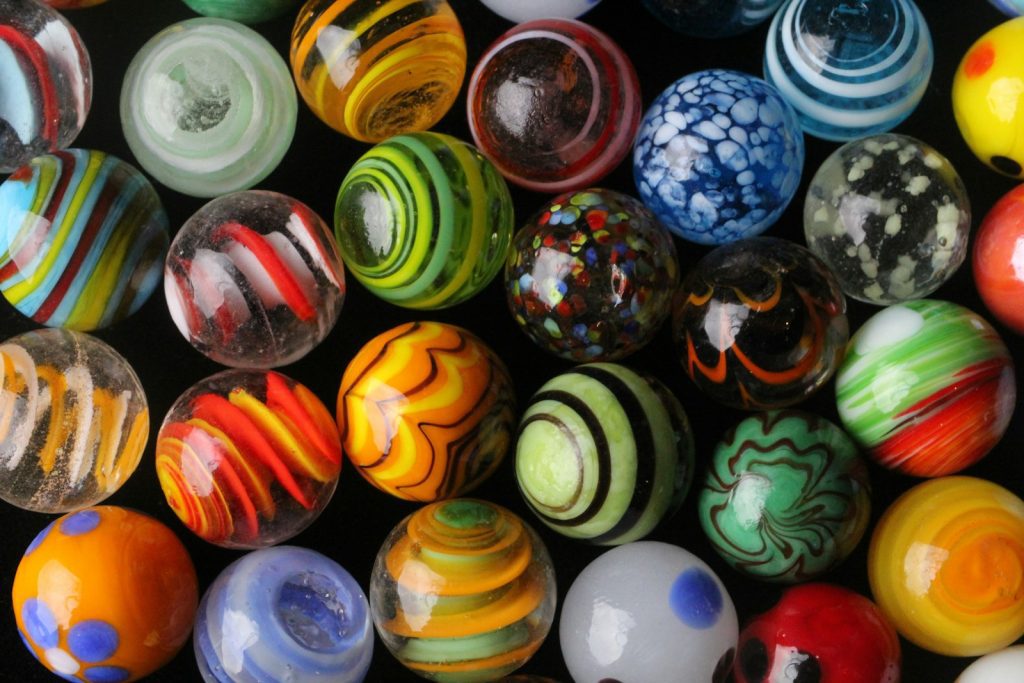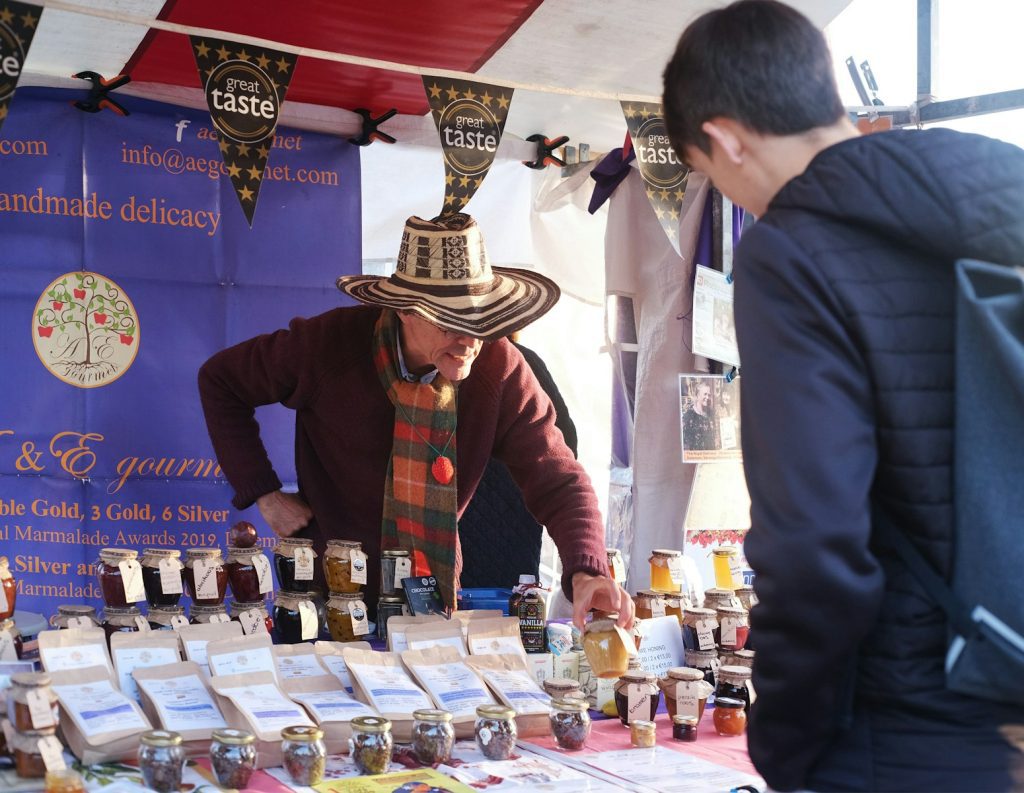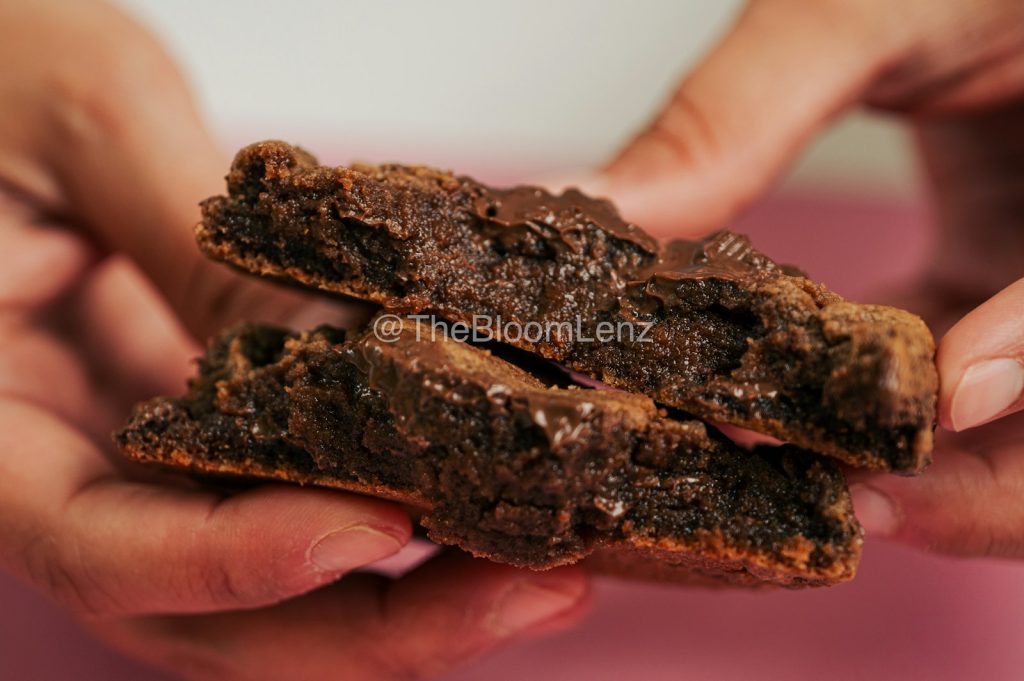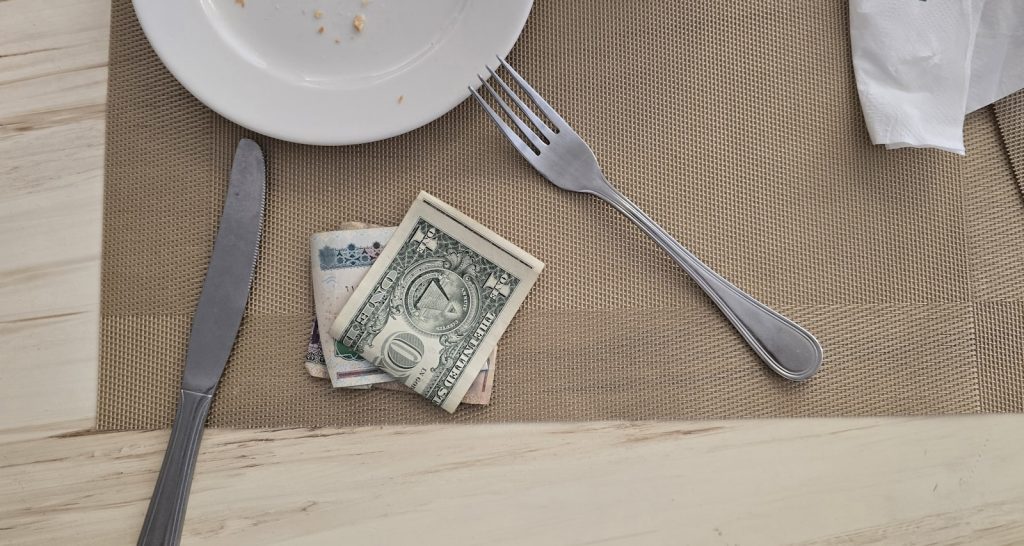If you’ve ever come across an old stamp collection and wondered if it might be worth something, you’re not alone. Collecting vintage stamps isn’t just a charming pastime—it can also uncover hidden treasures that might be worth thousands of dollars. Some rare stamps, thanks to their age, rarity, and unique printing errors, have sold for impressive sums at auctions. I’ve looked into six vintage stamps that stand out for their value and history. Whether you’re a seasoned collector or just curious, these stamps could turn out to be surprisingly valuable and might inspire you to take another look at your own stash.
Knowing what makes a stamp valuable can help you spot potential gems in your collection. From color errors to limited runs, the features that drive high prices are fascinating—and they show just how much history is packed into those tiny slips of paper. For more details on these stamps and their worth, check out this guide to 6 vintage stamps that could be worth a fortune.

The 7 Most Valuable Vintage Stamps
Some vintage stamps stand out for their rarity, unique printing errors, and deep historical significance. They can be incredibly valuable, attracting collectors worldwide because of their stories and limited numbers.
British Guiana 1c Magenta: The World’s Rarest
This stamp is truly the crown jewel in any collection. Issued in 1856, it was created in British Guiana due to a shortage of official stamps. Only one copy is known to exist, making it unique in the world.
Its design features a simple three-masted ship and the colony’s motto. Despite its humble appearance, its singularity drives its value, which has soared to around $9.5 million. Owning it means holding a piece of postal history few could ever imagine.
Treskilling Yellow: The Swedish Color Error
The Treskilling Yellow is famous for its rare color error. It was meant to be printed in green, but a mistake caused it to appear yellow instead. This happened back in 1855, making it one of the oldest known printing errors.
Only one example is confirmed to exist, which adds to its mystique and value. Its last recorded sale was for $2.3 million, but many believe its worth has increased significantly since then. This stamp proves how a simple error can turn an ordinary item into a prized collectible.
Sicilian Error of Color: Italy’s Blue Rarity
Italy’s Sicilian Error of Color, issued in 1859, is a fascinating rarity. The stamp was supposed to be orange but was mistakenly printed in blue, with only two known examples surviving.
This tiny printing mistake has made the Sicilian Error one of the most valuable Italian stamps. Its combination of rarity and historical context attracts serious collectors. The estimated value is about $2.6 million, showing that even small errors in printing can create big value.
Iconic and Noteworthy Errors
Some vintage stamps are famous not just for their age but for unique mistakes that make them stand out. These errors often have fascinating stories, rare availability, and significant value. They show how printing mishaps became some of the most collectible items in philately.
Inverted Jenny: America’s Famous Mistake
The Inverted Jenny is one of the most famous stamp errors in U.S. history. Issued in 1918, this 24-cent airmail stamp features the Curtiss JN-4 airplane printed upside down. Only one sheet of 100 error stamps was ever found in circulation, making it incredibly rare.
What makes this stamp special is its striking appearance and limited quantity. Collectors pay hundreds of thousands to over a million dollars for a single Inverted Jenny, depending on condition. It’s an iconic piece due to its clear visual error and the dramatic story behind how the sheet was sold.
Benjamin Franklin Z Grill: America’s Rarest
The Benjamin Franklin Z Grill is one of the rarest and most valuable U.S. stamps ever issued. It dates back to the 1860s and is unique because of its textured “Z” grill pattern pressed into the paper to prevent reuse.
Only a few of these stamps are known to exist, with some used and others unused. The scarcity and historical significance tied to Benjamin Franklin’s image combine to make this stamp a prized collector’s item. It has traded hands for millions, proving its place in stamp collecting history.
Baden 9 Kreuzer Error: German Printing Mishap
The Baden 9 Kreuzer error comes from a 19th-century German state issue. The stamp was printed with the color meant for the 6 Kreuzer denomination but valued at 9 Kreuzer. This mismatch is rare because most errors were caught before distribution.
Collectors prize this stamp not just for its rarity but also for the insight it provides into early German postal history. Its value reflects the limited number of surviving examples and its place as a significant printing mistake. Versions in good condition can sell for several thousands of dollars.
What Makes These Stamps So Valuable?
When I look at vintage stamps that could be worth thousands, I find that their value comes down to a few key factors. These include how rare they are, any printing mistakes they might have, their historical background, and how well they’ve been preserved over time. Each of these elements plays a big role in determining just how sought-after a stamp can be.
Understanding Rarity and Errors
Rarity is often the first thing I check when valuing a stamp. Some stamps are incredibly rare because only a few were ever printed or because most have been lost or destroyed. For example, certain grill stamps from the 1800s are extremely scarce.
Errors also create high value. Misprints like inverted watermarks or perforation mistakes catch collectors’ eyes. These printing errors are usually accidental and make the stamps unique. A classic example is the rare 1922 US Roosevelt stamp with 10 perforations. Such quirks turn ordinary stamps into collectors’ treasures.
Historical Context and Significance
Some stamps are valuable because they’re tied to important moments or figures in history. I find stamps connected to notable events or personalities often fetch high prices. Take stamps issued during significant political eras or commemorating landmark events—they carry stories beyond their paper.
For example, stamps linked with Queen Victoria or the early British postal system have historical weight that adds to their value. Other stamps, like those connected to international exhibitions or withdrawn issues, become prized for marking moments in time that collectors love to preserve.
Condition and Provenance in Stamp Valuation
Even a rare, historically important stamp loses value if it’s not well maintained. I always pay attention to the condition—stamps with clean edges, no fading, and intact perforations are worth more.
Provenance matters too. A stamp that has a clear documented history or was part of a famous collection can command higher prices. Knowing where a stamp came from, or if it was owned by a notable collector, can make a big difference in its market value.
By combining rarity and errors, historical significance, and condition with solid provenance, you end up with some of the most valuable vintage stamps out there. For more detail on specific rare stamps, check out the 6 Vintage Stamps That Are Worth a Fortune.
Stamp Collecting and the World of Philately
Stamp collecting is both a hobby and a way to explore history and culture through tiny pieces of paper. It requires patience and attention to detail but offers the thrill of finding valuable and rare stamps. Understanding the basics can help you build a meaningful collection and spot stamps that might be worth thousands.
Getting Started as a Stamp Collector
When I began collecting, the first step was learning how to handle stamps properly. Using stamp tongs instead of fingers avoids damage. Organizing stamps by country, era, or theme in albums keeps them safe and easy to view.
Starting small is key. I focused on everyday stamps before hunting for rarer ones. Learning to spot condition issues like tears or discoloration is essential because condition greatly affects value.
Many beginners use philatelic catalogs to identify stamps and their approximate worth. Joining a local stamp club can also provide valuable advice and access to trading opportunities.
The Role of Philately in Discovering Value
Philately is the study of stamps and postal history—much more than just collecting. It helps me understand why certain stamps are rare or valuable. Mistakes like color errors or inverted prints can drastically raise a stamp’s worth.
By researching stamps through philatelic resources, I learned that scarcity, condition, and historical context play huge roles in value. Certified grading by professionals can also authenticate a stamp and boost its price when selling.
This knowledge turns a simple collection into a potential investment. For example, the famous Inverted Jenny is valuable because philatelists identified its printing error early on, making it a prized collectible.
Other Noteworthy Stamps: Penny Black and Mauritius “Post Office”
Some stamps are famous worldwide, not just for their value but for their historical importance. The Penny Black, issued in 1840, was the world’s first adhesive postage stamp. It paved the way for modern mail systems and remains highly collectible.
The Mauritius “Post Office” stamps are rarer and more valuable. Issued in 1847, they featured the phrase “Post Office” by mistake, making them highly sought after by collectors who appreciate stories behind stamps.
Both of these stamps show how postal history and printing quirks contribute to a stamp’s worth, combining philately with history for collectors like me who want more than just value — they want a story. For more on rare stamps, visit 6 Vintage Stamps That Are Worth a Fortune.



